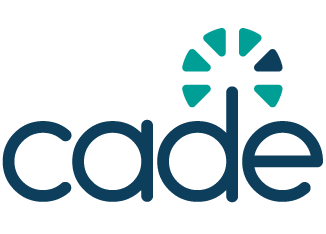China’s AI industry is transforming with open-source models, challenging the OpenAI proprietary approach
The trend towards open-source frameworks in China suggests a path towards sustainable growth and inclusive technological advancement.

China’s AI landscape is witnessing a profound transformation as it embraces open-source large language models (LLMs), primarily propelled by the innovative efforts of DeepSeek. The startup’s R1 model, released under the highly permissive ‘MIT License,’ has sparked a significant shift away from proprietary approaches dominated by major American tech firms.
That transition is likened to an ‘Android moment’ for China’s AI industry, highlighting the sector’s move towards more available and flexible AI development. The ripple effects of this open-source movement are evident across China’s tech giants. Baidu, long a proponent of proprietary models, has announced its shift to open-source by making its AI models, Ernie 4.5 and Ernie X1, freely available and plans to release them as open-source.
The following strategic shift reflects the competitive pressure of disruptors like DeepSeek, prompting companies to revise their business models to maintain market relevance. Alibaba and Tencent are also joining this trend by open-sourcing their AI offerings, while smaller firms like ManusAI are following suit, embracing the open-source ethos to drive innovation and market presence.
The shift towards open-source models in China starkly contrasts the OpenAI’s continued focus on proprietary strategies bolstered by hefty investments. The open-source trend underscores a growing discourse on the future of AI development, investment, and competitive dynamics, with open-source frameworks emerging as potential harbingers of sustainable growth and inclusive technological advancement.
How does DeepSeek’s open-source model impact its adoption rate?
DeepSeek’s open-source R1 model has quickly gained traction, becoming the most downloaded free app on the US Apple App Store in January 2025—surpassing ChatGPT and signaling a surge in user interest. Its open-source approach allows developers around the world to freely access, modify, and build on the model, fostering innovation and collaboration across the AI community.
One of DeepSeek’s major advantages is its affordability. Developed at a fraction of the cost of its proprietary competitors (just $5.6 million), it offers a cost-effective alternative for companies and developers looking to integrate AI without the hefty price tag.
The model’s transparency—thanks to its open-source nature—has also helped in the democratization of AI, making advanced tools more accessible across industries and regions.
With its strong performance and lower costs, DeepSeek is prompting many organizations to reconsider their AI strategies, potentially driving a broader shift toward open-source solutions.
The model’s rise is even shaking up the market, influencing the stock prices of major tech firms and AI chip manufacturers—underscoring its disruptive potential. However, despite the rapid adoption, concerns around privacy, security, and misuse could temper its acceptance in certain sectors.


